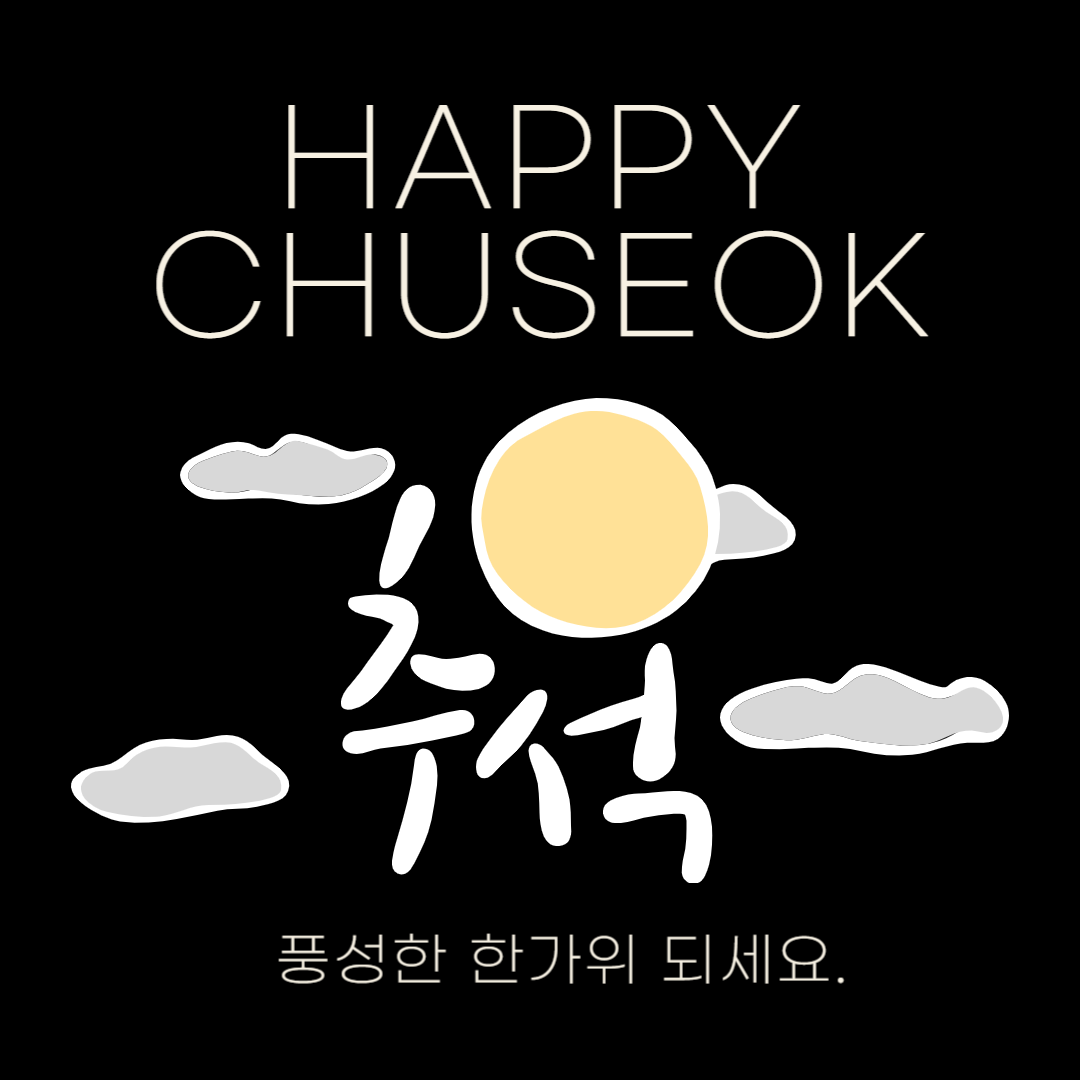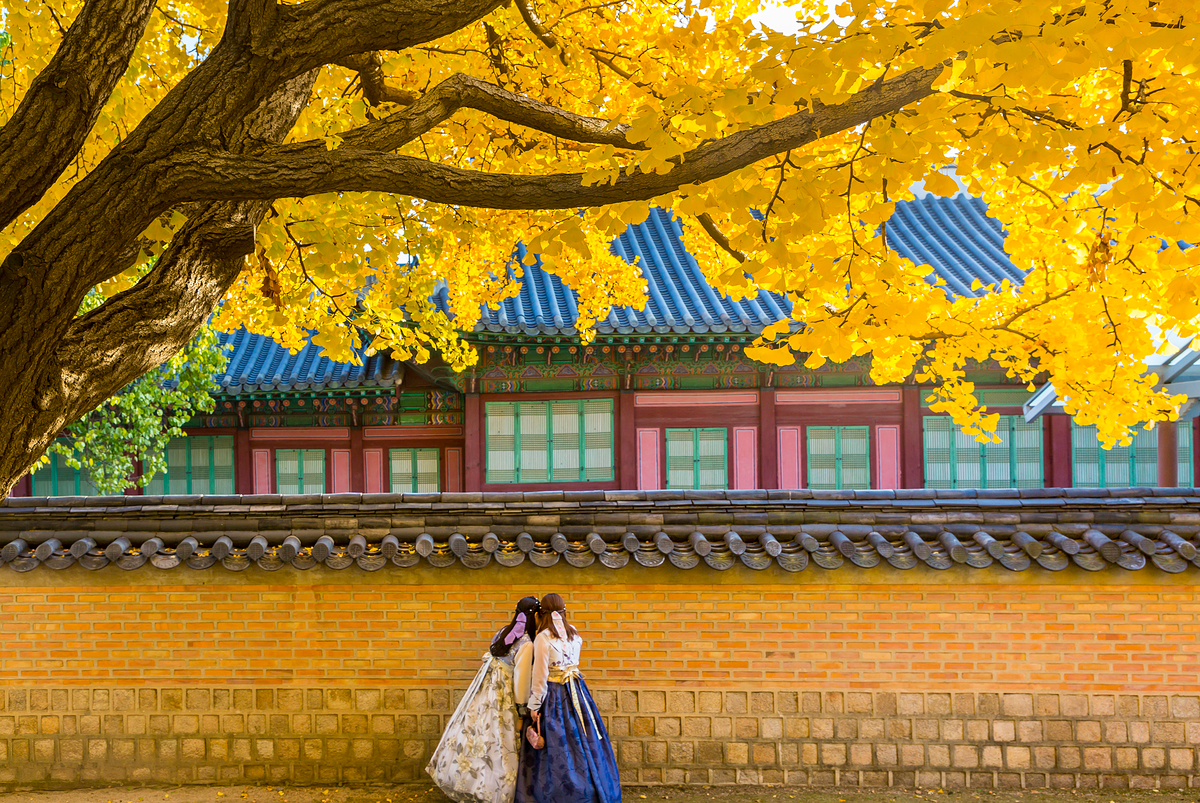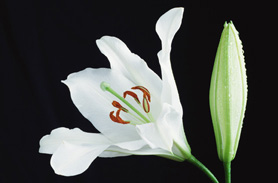


One of the main customs of Chuseok is seongmyo (visiting ancestral graves) and charye (ancestral memorial rituals). Families visit the graves of their ancestors to tidy the burial sites and offer food and drinks as a sign of respect and gratitude for their ancestors' blessings.

A signature food of Chuseok is songpyeon, half-moon-shaped rice cakes filled with ingredients such as sesame seeds, red beans, chestnuts, or dates. Family members often come together to make songpyeon, as the process of making them is seen as a bonding activity.
Chuseok is also known for traditional games and performances like ganggangsullae, a circle dance performed by women under the full moon. The dance is both a celebration of the harvest and a symbolic gesture for prosperity and fertility.
Even today, Chuseok holds great cultural significance in Korea, and many people travel to their hometowns to spend time with their families, making it a major national holiday marked by reunions and festive celebrations.
Today, we learned about Chuseok (Korean Thanksgiving).
If you want to learn more about Korean culture while studying the language in Korea. Start your Korean language studies in Korea with edm Korean.
#edmkorean #studykorea #studykorean #learnkorean #koreanlearning #learnkoreanlanguage #learningkorean #hangul #leanhangul #chuseok



Comments
No comments yet.